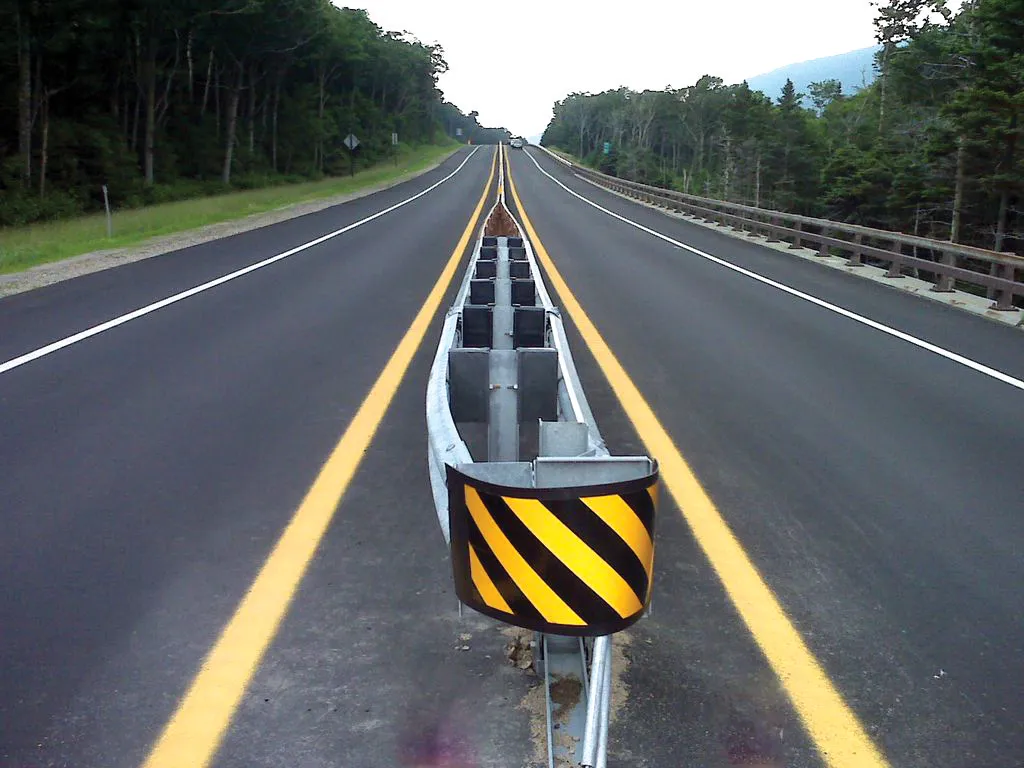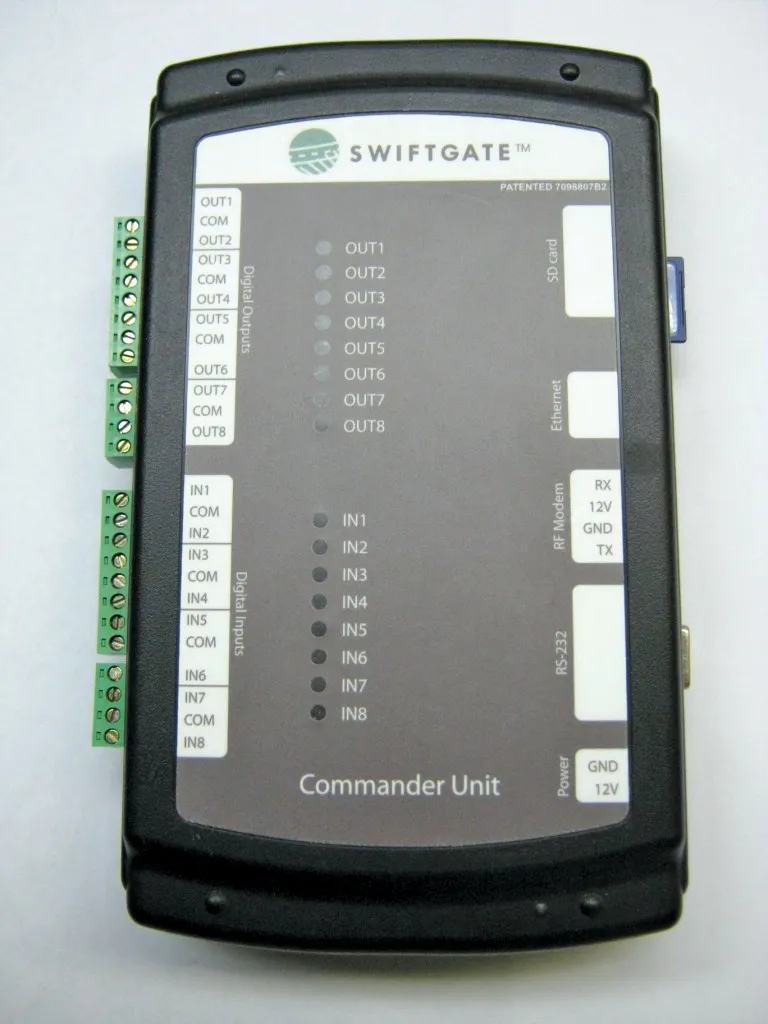European and US manufacturers traditionally hold strong positions in the global market for road safety barrier systems. The strength of the European and US testing systems and processes as well as their respective legislation have helped this position. Both European and US standards for road safety barriers are well understood in other territories and are also accepted in many countries around the globe.
July 28, 2015
Read time: 3 mins

RSSEuropean and US manufacturers traditionally hold strong positions in the global market for road safety barrier systems
The strength of the European and US testing systems and processes as well as their respective legislation have helped manufacturers from these countries develop a strong market position. Both European and US standards for road safety barriers are well understood in other territories and are also accepted in many countries around the globe.
However, an innovative new barrier technology is now coming to market from Australia that will compete with the European and US technologies. Developed in Brisbane, Queensland the new portable road barrier products are made from a combination of composites, steel and plastic. These novel water-filled, road safety crash barriers have been developed by a research team based at the5219 Queensland University of Technology (QUT). The barriers are designed to withstand high-speed impacts and will be manufactured by a Brisbane-based company. The firm said it is aiming to sell these products worldwide and said that the units can reduce the severity of accidents and also help to maintain traffic flow. The company will be establishing dealers and distributors for some key territories. Full details of the impact performance and respective crash ratings for each model have yet to be released. The company has also to announce what applications the barriers will be aimed at as well as more specific technical information as to how they work.
This is a novel development given that the technology has been developed in a university environment and then commercialised, rather than being developed in a purely commercial environment from the start.
Under an exclusive worldwide licensing agreement brokered by qutbluebox, QUT’s innovation and knowledge transfer company,8167 Centurion Barrier Systems is commencing manufacturing and marketing of the range of barrier products internationally.
Professor David Thambiratnam from QUT’s School of Civil Engineering & Built Environment has said that the barriers can be adapted to suit a range of vehicle speeds. This commercialisation process is the culmination of a five-year research project supported by an5220 Australian Research Council (ARC) Linkage Grant with Centurion Barriers as its industry partner.
“The new barriers have the ability to redirect errant vehicles with limited lateral movement, which maximises the usage of limited buffer space between roadside construction and passing traffic, which is a common failing of some existing solutions,” Professor Thambiratnam said.
8168 Bluebox CEO Dr Peter Isdale said the patent pending the QUT road safety crash barrier features a novel joint mechanism coupled with impact-resistance characteristics.
“Most importantly they have the potential to decrease the severity of high-speed crashes into barriers, leading to fewer fatalities, injuries and [less] damage in work zones.”
Centurion Barrier Systems CEO, Peter Stewart said the company would begin selling the QUT road safety crash barriers in Australia and New Zealand, with the United States to follow.
“Our aim is for the barriers to be certified in 2015 to meet the new Manual for Assessing Safety Hardware (MASH) standards. We believe the new barrier is actually going to be one of the few systems to comply with changes in the MASH regulatory requirement for road crash barriers and are expected to meet TL1 and TL2 levels,” Stewart said.
As well as Professor Thambiratnam, the other QUT researchers on the project team included Professor Yuan Tong Gu, A/Professor Cheng Yan, Professor Kunle Oloyede and Doctors Indika Thilakarathna, Izzat Thiyahuddin and Rory Gover.
RSS
The strength of the European and US testing systems and processes as well as their respective legislation have helped manufacturers from these countries develop a strong market position. Both European and US standards for road safety barriers are well understood in other territories and are also accepted in many countries around the globe.
However, an innovative new barrier technology is now coming to market from Australia that will compete with the European and US technologies. Developed in Brisbane, Queensland the new portable road barrier products are made from a combination of composites, steel and plastic. These novel water-filled, road safety crash barriers have been developed by a research team based at the
This is a novel development given that the technology has been developed in a university environment and then commercialised, rather than being developed in a purely commercial environment from the start.
Under an exclusive worldwide licensing agreement brokered by qutbluebox, QUT’s innovation and knowledge transfer company,
Professor David Thambiratnam from QUT’s School of Civil Engineering & Built Environment has said that the barriers can be adapted to suit a range of vehicle speeds. This commercialisation process is the culmination of a five-year research project supported by an
“The new barriers have the ability to redirect errant vehicles with limited lateral movement, which maximises the usage of limited buffer space between roadside construction and passing traffic, which is a common failing of some existing solutions,” Professor Thambiratnam said.
“Most importantly they have the potential to decrease the severity of high-speed crashes into barriers, leading to fewer fatalities, injuries and [less] damage in work zones.”
Centurion Barrier Systems CEO, Peter Stewart said the company would begin selling the QUT road safety crash barriers in Australia and New Zealand, with the United States to follow.
“Our aim is for the barriers to be certified in 2015 to meet the new Manual for Assessing Safety Hardware (MASH) standards. We believe the new barrier is actually going to be one of the few systems to comply with changes in the MASH regulatory requirement for road crash barriers and are expected to meet TL1 and TL2 levels,” Stewart said.
As well as Professor Thambiratnam, the other QUT researchers on the project team included Professor Yuan Tong Gu, A/Professor Cheng Yan, Professor Kunle Oloyede and Doctors Indika Thilakarathna, Izzat Thiyahuddin and Rory Gover.
RSS









